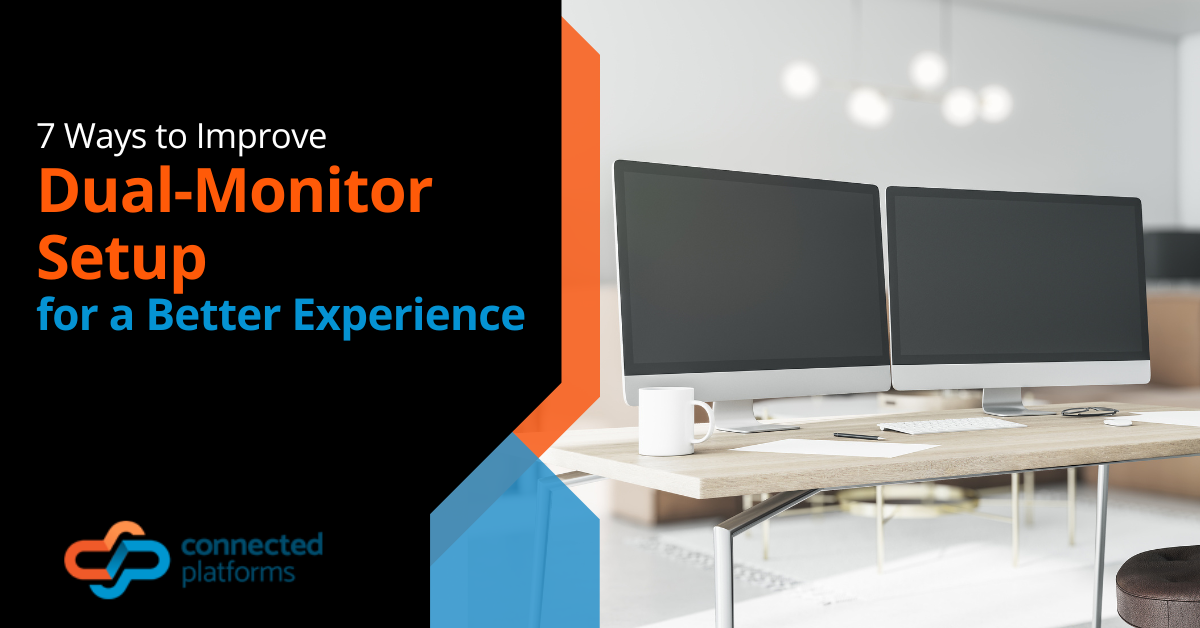It’s no secret that the cloud is the future of business. Today, companies large and small are using the cloud for various activities, including cloud storage, collaboration and even customer service.
For SMBs, the cloud is especially valuable. It allows companies to access software services that they would have been unable to create independently. Common examples include Google Workspace, Microsoft Office 365 and Slack. Research suggests that SMBs run 75% of their workloads in the cloud.
More and more companies are harnessing the power of cloud storage and cloud software-as-a-service solutions. Today, research indicates that most SMBs run at least three-quarters of their workloads on the cloud – and that number is only set to increase.
But, just because the cloud is widely used, that doesn’t mean it is safe from a data security perspective. In fact, IDC research shows that 80% of organisations have fallen victim to a data breach in the cloud in recent years.
Why is the cloud a security risk?
The cloud poses numerous security risks. These can be broadly be grouped into two buckets: insider threats and outsider threats.
Insider threats
The cloud works under a shared responsibility model. The cloud provider is responsible for ensuring the underlying infrastructure is safe from attacks. You – the customer – are responsible for configuring your cloud services securely.
However, many businesses fail to configure the cloud securely. A prime example would be leaving a Google document public instead of private. Misconfigurations are easy mistakes – and they’re prevalent. In fact, Gartner predicts that by 2025 99% of cloud breaches will be the customer’s fault as a result of such misconfigurations.
External threats
There’s also the risk that a cybercriminal could break into your cloud environment. This is most commonly achieved through credentials compromise, where a hacker gets their hands on an employee’s email and password for a cloud service. Forrester estimates that 80% of cloud breaches in 2021 are related back to stolen credentials.
Security tactics to improve cloud security
No business wants to suffer a cloud security breach. Burying your head in the sand about this issue isn’t an option. You need to be proactive about cloud security. Here are some core tactics you can use to safeguard your cloud environment.
1. Avoid cloud misconfigurations
As noted above, cloud misconfigurations are one of the most significant risks to cloud security. It’s essential to stop these accidents from happening in your company. One of the best ways to start is to conduct a cloud security audit, where you review all of your cloud services and permissions to ensure they’re configured securely.
We understand that many SMBs don’t have the in-house expertise to conduct a cloud security audit. We can do this for you. Not only that, but we can manage your cloud services for you, so you no longer have to worry about misconfiguration risks.
2. Bolster password security
Your employee passwords are a gateway for hackers. Unfortunately, it’s impossible to stop data breaches in other companies that leak these details – but you can stop hackers using them.
We advise implementing multi-factor authentication on all of your cloud services. This works by asking your employees to verify themselves with an additional authentication beyond a password – such as a code sent to their phone. Multi-factor authentication is a simple way to prevent hackers from breaking into your employees’ accounts.
As well as this, we also advise putting in place robust password policies. Your employees should have a unique password for every account, and you should encourage them to change their passwords every six to eight weeks. To help employees keep track of their passwords, consider rolling out a password manager tool.
3. Utilise cloud data loss prevention where necessary
For companies that work in highly regulated industries like healthcare or finance or take care of a lot of sensitive customer information like credit card details, you may need to go beyond the above to prevent a data breach.
This is where solutions like identity and access management, cloud data loss prevention and user behaviour analytics come in. Most cloud providers offer these security solutions as additions to their services for an extra fee.
Securely configuring these solutions and monitoring the data they produce takes expertise and ongoing management. By working with a managed IT provider, you can harness the power of these services without having to spend time trying to use them yourself.
Ready to bolster the security of your cloud environment?
Don’t let poor cloud security hold your business back! Get in touch with us today for even more cybersecurity tips and schedule an IT health check for your business!
Call us on (07) 3062 6932 or get in touch with us online!




